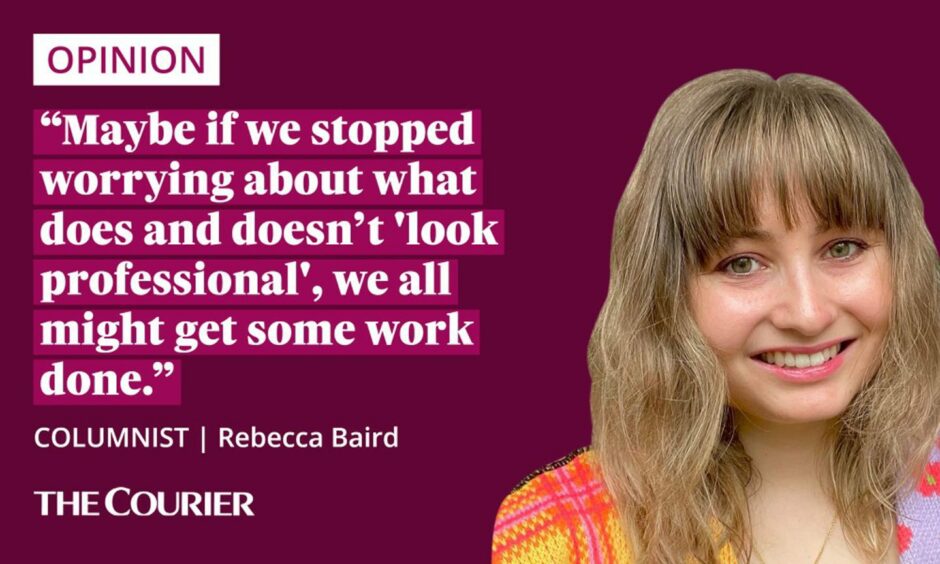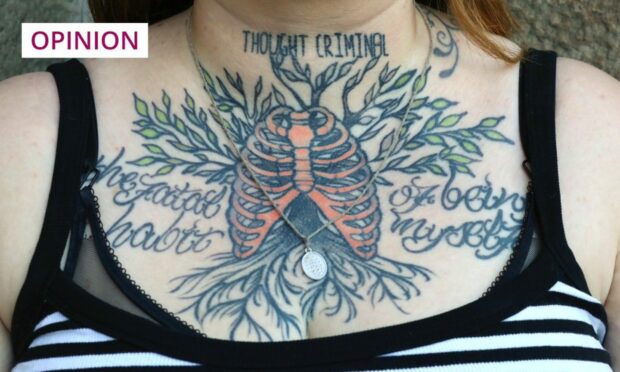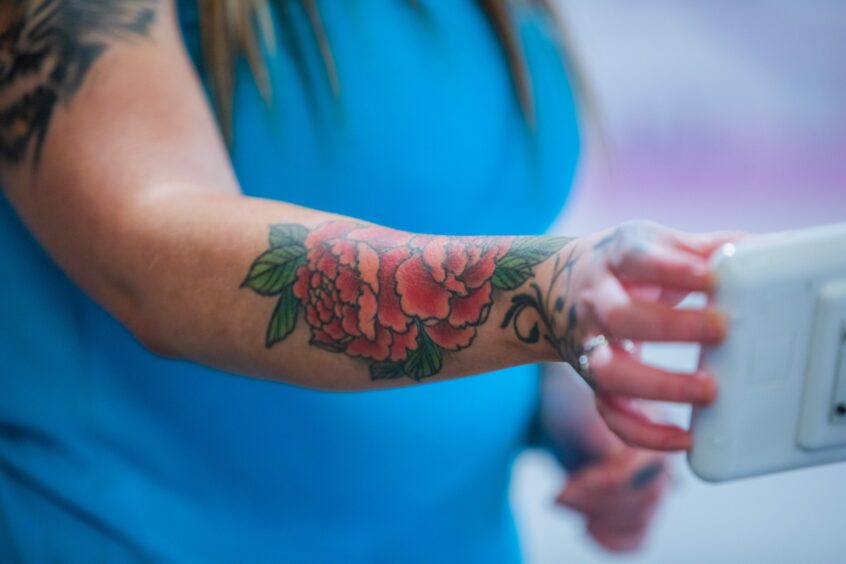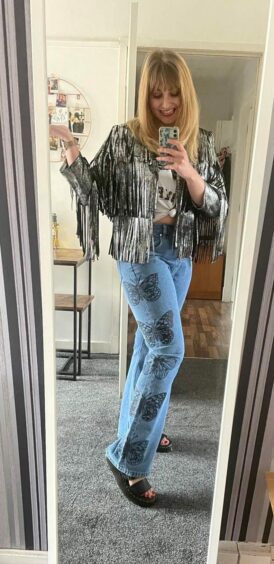I went into the office the other day.
Hardly a frontier-busting voyage, especially considering it’s a short walk from my house.
But I haven’t been in since 2020, so it was kind of a big deal – largely because, about 90 minutes before I was set to leave, I suddenly had the panicked thought: I don’t know what to wear.
I used to be quite good at dressing for work.
Wearing my ‘first day’ suit or a simple tailored black dress used to make me feel confident, capable and – most importantly – professional.
I knew what my professional self was about, and I had the clothes (and budget) to express that to the world.

Luckily for me, back then, the professional world liked my style.
Now? I’m not so sure.
Lockdown brought a lot of aesthetic changes – the biggest one being ‘comfy is cute’ over ‘beauty is pain’.
I didn’t wear a pair of heels for two years and frankly, I’m never going back.
Likewise, it brought weight changes – some losses, some gains – which meant a lot of the clothes from my former life simply don’t fit anymore.
But it’s not just that they physically don’t sit right; I feel like so much of what was once an everyday uniform now belongs to a person who doesn’t exist anymore.
And in her place is a person who dresses like she’s perpetually ‘going to Art Bar after this’.
In other words – the real, authentic, off-the-clock me, all bright colours and clumpy shoes and leather jackets.
All of which is to say, two days ago I found myself standing in the middle of a pile of clothes like something out of a 90s chick flick, clutching a pair of blue jeans plastered with giant butterfly decals, muttering maniacally: ‘Is this professional? Is it appropriate?’
(I wore the butterfly jeans, reader. And they were very likely not ‘professional’, but that’s not the point.)
What does ‘professional’ look like?
The point is it took me 25 whole minutes to get dressed. And it suddenly seemed ridiculous to me, the whole thing.
Why do I feel like I need to go out and buy a pair of black tailored trousers that I hate, just to walk into a building full of people I speak to every day?
How do you even ‘look professional’ in a 2022 where policing how someone looks is just so… last decade?
It’s a discussion that, coincidentally, I’d been having at work the week before, as I was investigating the impact of having tattoos for Tayside and Fife’s workforce.
Tattoos have been around for over 6,000 years, but never in human history have they been more popular than in the last four decades.
Now one in five Brits are inked, and attitudes are – slowly – reflecting that normalisation.
Yet a 2020 study revealed that 43% of UK employers had knowingly – and legally, by the way – rejected an interviewee due to their visible tattoos. So clearly the stigma around tattoos being considered ‘unprofessional’ persists to some extent.
I’m too big of a wuss to have any tattoos, so I have no skin in this game, so to speak.
But I do think it’s nonsensical to suggest that someone is any less capable of carrying out their workplace duties – whether they’re a bartender or bus driver, singer or surgeon – because they wear body art.
And the stigma lingering around tattoos speaks to me of a deeper discomfort around visible self-expression in the workplace.
Just a formality?
Western society has clung tightly to the corporate, capitalist dogma that says you shouldn’t show your real self at work.
To be open translates to being informal, and to be informal is unprofessional.
But as a cultural norm, formality is falling away.
People rarely introduce themselves or one another with their titles anymore – my name, to anyone who asks, is Rebecca. Miss Baird is some alternate-universe teacher.
Emails have emojis now, and Casual Friday is a relic of a time when work ended on a Friday afternoon.
So much of work is done on the same phone screens we call our mums or watch TikToks of cats on.
Work and life have become irrevocably intertwined – for better or for worse.
Most of the people I work with now, I’ve never even laid eyes on.
But I know who is reliable (or not), organised (or not), compassionate (or not); professional (or not).
Whether they’re tattooed head to foot or bare as the day they were born, in pyjamas or in a three-piece suit, the things I need from them, and them from me, don’t change.
So in an age where headspace and human connection are vying for rarest commodity, why don’t we give ourselves a bit more of both?
Maybe if we stopped worrying about what does and doesn’t ‘look professional’, we all might get some work done – and bond over butterfly love in the process.













Conversation